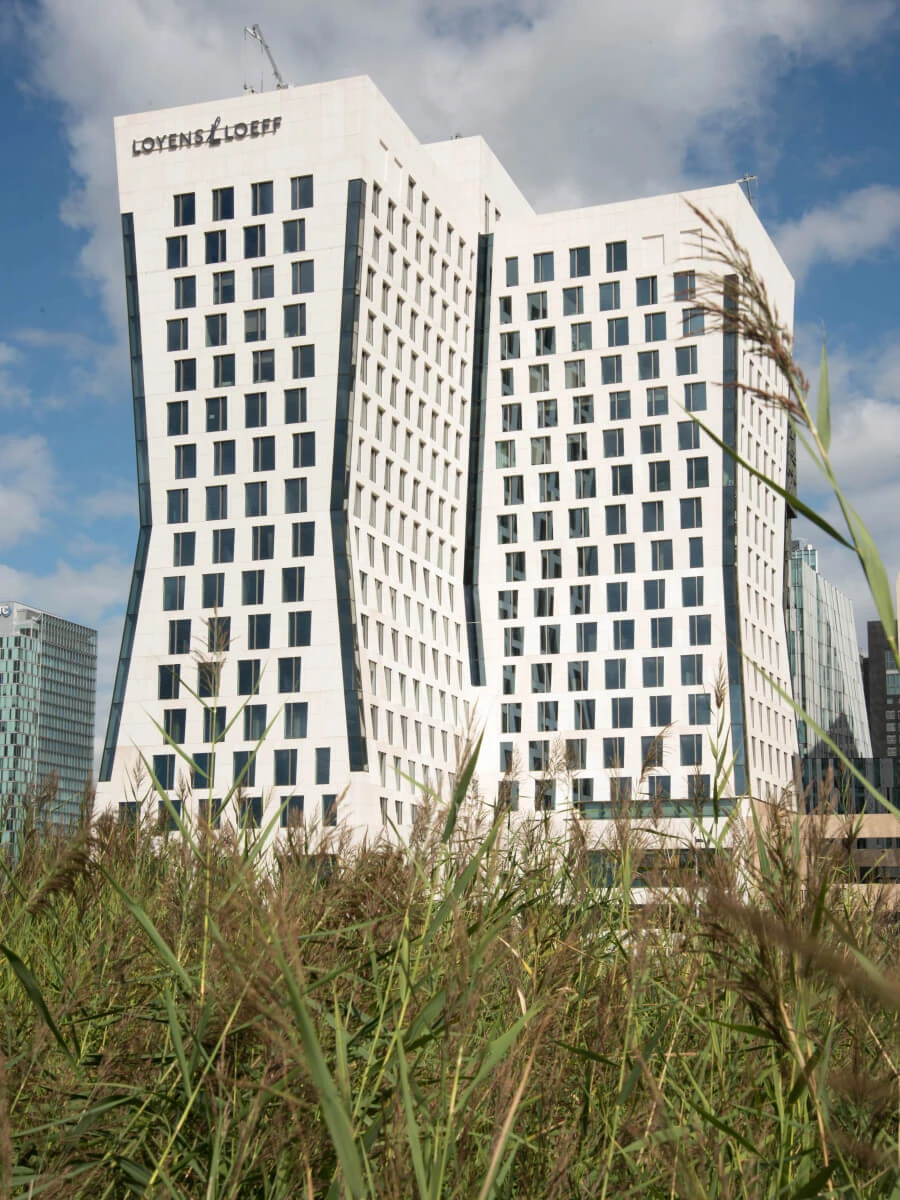BREEAM or LEED – comparison of popular ecological certificates
Ecological certification of a building means not only prestige and a certificate of running a socially and environmentally responsible business, but is also a way to increase the value of the building and make it more attractive in the eyes of potential buyers or tenants. Is it better to choose BREEAM or LEED certification? Which one is more recognisable?
What is the difference between BREEAM and LEED?
Both building energy certification systems were developed in the 1990s. BREEAM is a European certification, developed in the UK. LEED was developed in the USA a few years later. Both are multi-criteria certifications, meaning that many variables are taken into account when assessing the energy and environmental performance of a building, from the type of building materials to the quality of its construction, insulation, durability and the impact that renovation or disposal of the building will have on the environment. It is therefore not the moment of construction itself that is relevant, but the entire life cycle of the building.
A relatively big difference between the certificates is their price. The organisations responsible for them have chosen different monetisation models. BRE, which is responsible for BREEAM, offers a lower cost to the investor, but the qualifications to become an assessor are expensive. In turn the US Green Building Council (LEED) relies on the availability of assessors thanks to the fairly cheap cost of training and qualification renewals. Thus there are many promoters of the system, but there is a significant cost of certification for investors.

Hourglass, Amsterdam, The Netherlands. Systems used: MB-86 SI, MB-SR50N, MB-SR60N.
‘In fact, what really matters to the investor is not the cost of the certificate, but what return on the investment they will be able to obtain thanks to it’, explains Michiel van Duren, Managing Director of Aluprof Nederland BV. ‘Therefore the choice of certification should be determined by the recognisability of the certificate among the potential target group of buyers or tenants. And these groups are asking for confirmation of a building’s energy efficiency even more often, as rising energy prices leave no illusions – it is only going to get more expensive. That’s why the use of energy-efficient solutions is extremely important’, adds the expert.
Popularity of green certificates worldwide
In Europe, BREEAM is definitely the leader. It is more popular not only because it has a slightly longer history, but, being indigenously European, it has had a better chance of penetrating the market. In the Netherlands, more than 3,350 buildings can boast BREEAM certification, while LEED only around 130. The statistics are similar across Europe, with US investors typically choosing to invest in LEED. It is worth remembering that the greater popularity of BREEAM is not because it is a ‘better’ certificate, but because of historical and economic considerations.
‘Our Aluprof window, door and façade systems have been used in dozens of buildings that have achieved BREEAM certification (including at the Outstanding level). Among other things, we had the pleasure of supplying façade systems for the Hourglass building in Amsterdam, which was awarded a BREEAM certificate at Excellent level’, explains van Duren.
‘Systems such as MB-SR60N have also been used in LEED-certified buildings. For instance, in New York’s 61 Ninth Avenue’, adds the expert.

61 Ninth Avenue, New York, USA. Systems used: MB-SR60N, MB-SR60NY.
How about GPR Gebouw or Cradle to Cradle?
Although BREEAM and LEED are the most recognisable green certifications that guarantee a building’s low emissions, it is also worth looking at other energy assessment methods present on the market. In the Netherlands, the Energy Label and the GPR Gebouw are also present. The former, with rather limited possibilities, allows existing buildings to be given a label from G to A++. The GPR Gebouw also takes into consideration the quality of use and the future value of the building.
Ralph van der Kooij, Sales manager bij Aluprof Nederland BV emphasises that Cradle to Cradle certification is developing particularly strongly. The concept applies not only to the construction industry. It applies to all industries and Cradle to Cradle certification is a confirmation that the company that has obtained it creates products whose components can all be recycled. It is a prestigious distinction that is twice as important in the construction industry, as it is that industry that is one of the biggest generators of waste in the world.
‘Aluprof has obtained the Cradle to Cradle certificate for several of its products, including the MB-SR50N HI+ façade system and the MB-86 SI and MB-70 window and door systems’, the expert adds.
The choice of the ecological certificate is a decision that is not only an expression of investors’ care for the environment. It translates into real financial results of the investment, so it is worth ensuring that there is no lack of confirmation that the facility was built in accordance with the latest green trends.
